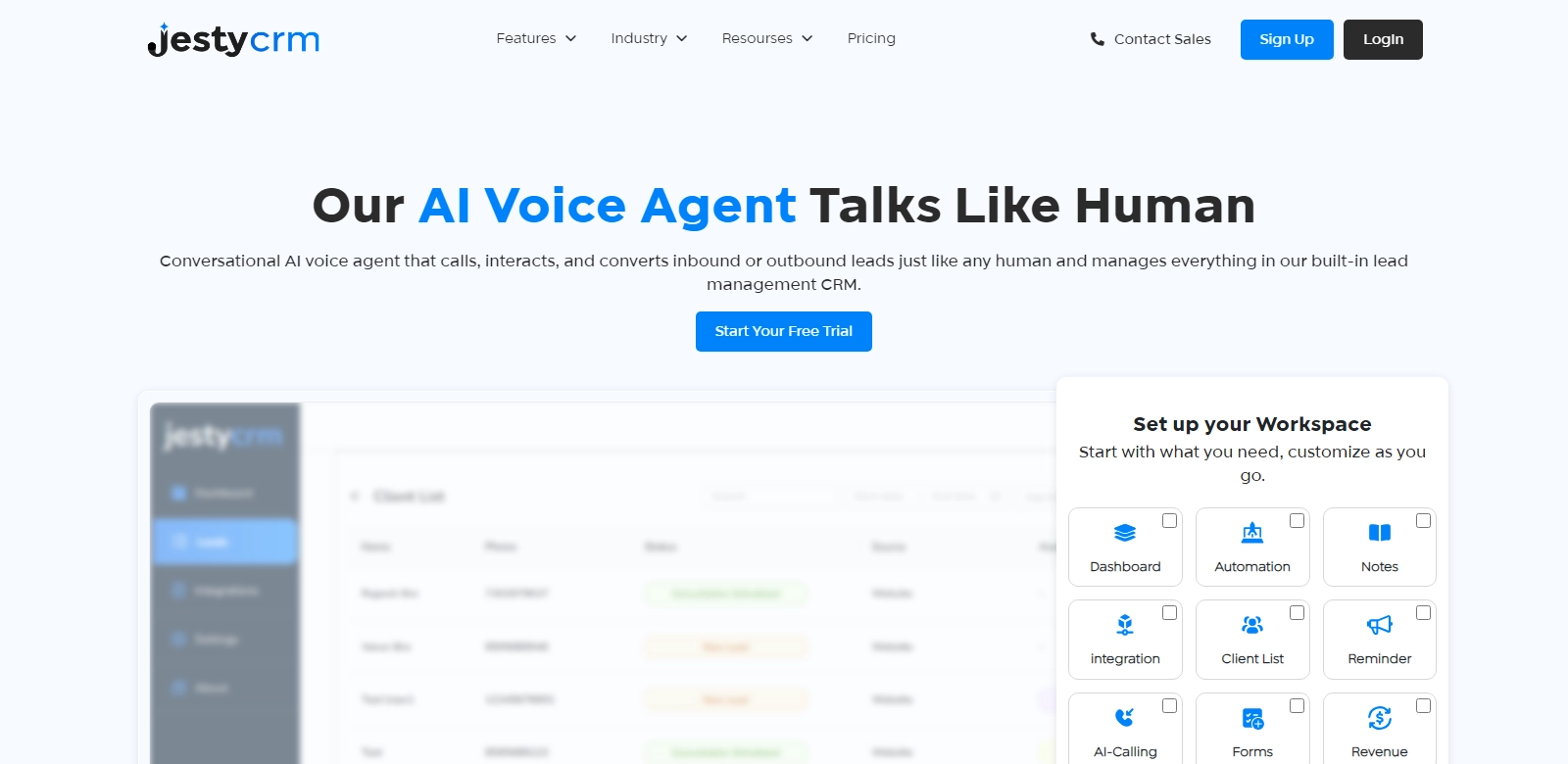Understanding the 406 Client Error in URL Fetching
Fetching URLs is a crucial operation in modern web development, as applications often rely on external data and resources to provide a seamless experience for users. However, there can be various hurdles along the way, such as encountering errors during the fetch process. One such error is the 406 Client Error, which indicates that the server cannot generate a response that is acceptable to the client based on the Accept headers sent in the request. This article aims to explore the intricacies of the 406 Client Error and provide insights on how to address it effectively.
What is a 406 Client Error?
A 406 Client Error, or "Not Acceptable" error, occurs when the client's request headers specify content types or formats that the server cannot fulfill. Essentially, the server is notifying the client that it cannot provide the requested resource in one of the formats acceptable to the client. This could happen due to a variety of reasons including misconfigured client requests or server settings that don't align with the client's expectations.
Common Scenarios for a 406 Error
Understanding the scenarios that might lead to a 406 Client Error is critical for troubleshooting purposes.
-
Mismatch in
AcceptHeaders: Clients often sendAcceptheaders along with their requests, specifying the formats they wish to receive (like JSON, XML, etc.). If the server doesn't support the requested format, it will respond with a 406 error. -
Incorrect URL Structure: If the URL being accessed is incorrect or malformed, the server might not be able to interpret the request properly, leading to a 406 response.
-
Server Configuration Issues: Sometimes, the server may be misconfigured to only return certain formats and not others, resulting in the 406 Client Error.
-
Security Restrictions: Firewalls or other security measures might block requests for specific formats, causing a 406 error to manifest.
Solutions to the 406 Client Error
Addressing a 406 Client Error can be achieved through several approaches:
1. Adjusting Client Accept Headers
Ensuring that the Accept headers being sent with requests match the formats that the server can provide is the first step to resolving this issue. Clients can eliminate or modify their Accept headers to align them with the server capabilities. For instance, if a client is requesting data in XML, but the server only responds with JSON, the client should adapt their request.
2. Validating URL Structure
Checking the requested URL for syntax errors or incorrect paths can prevent possible 406 errors. Proper validation can help ensure that the requests hitting the server are well-formed.
3. Reviewing Server Configuration
For server administrators, reviewing the server's configuration files to verify acceptable content types is crucial. Proper server settings should allow the expected ranges of content types so that it can fulfill the requests as intended.
4. Monitoring Security Settings
Security configurations should be examined to ensure that they are not excessively restrictive. Understanding which formats are being blocked can help adjust rules without compromising security.
Use Cases of 406 Error in Practical Scenarios
The 406 Client Error can manifest in various use cases. Here are a couple of scenarios:
-
API Integration: When integrating different APIs, a 406 error may occur if the requesting application is expecting a response in a format that the API does not support. This situation necessitates modifying the request headers to match valid response formats.
-
Content Negotiation: In web applications where content negotiation is critical, such as in multi-lingual platforms, a poorly configured
Accept-Languageheader can trigger a 406 error, preventing users from accessing content in their preferred language.
Learning from 406 Errors
Tracking and analyzing instances of 406 Client Errors can offer insights into usage patterns. Recommendations for developers include:
- Implementing logging solutions that capture request details and response headers.
- Establishing robust error recovery mechanisms that gracefully inform users of issues, rather than simply returning internal error messages.
Frequently Asked Questions about 406 Client Errors
-
What should I do first when I encounter a 406 Client Error?
Always start by checking theAcceptheaders in your request. Adjusting these headers to match the server's capabilities is often the quickest solution. -
Can a 406 Client Error happen due to server-side issues?
Yes, server misconfiguration regarding response formats or acceptable content types can lead to this error when client requests are properly formatted. -
Is a 406 error related to search engines?
Typically, it is a client-server issue rather than related to search engine indexing. Search engines usually deal with different status codes like 404 or 500. -
What are the consequences of ignoring 406 Client Errors?
Ignoring these errors can lead to poor user experience and disrupted access to data. Technologies like APIs demand constant attention towards such errors to maintain usability. -
Where can I find more information about handling 406 errors?
Resources like the Mozilla Developer Network or API documentation provide comprehensive insights into managing HTTP errors effectively.
By understanding the nature of the 406 Client Error and implementing relevant solutions, developers can enhance their applications' reliability and user experience.
